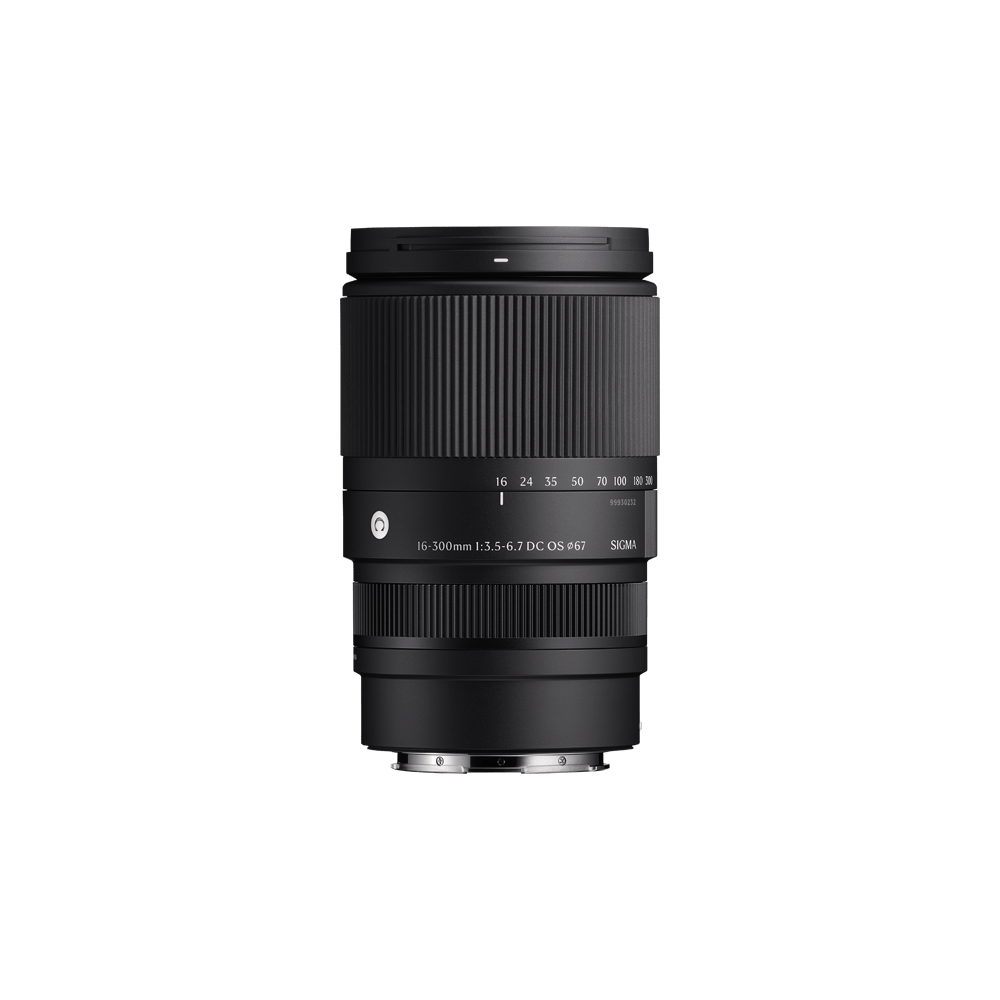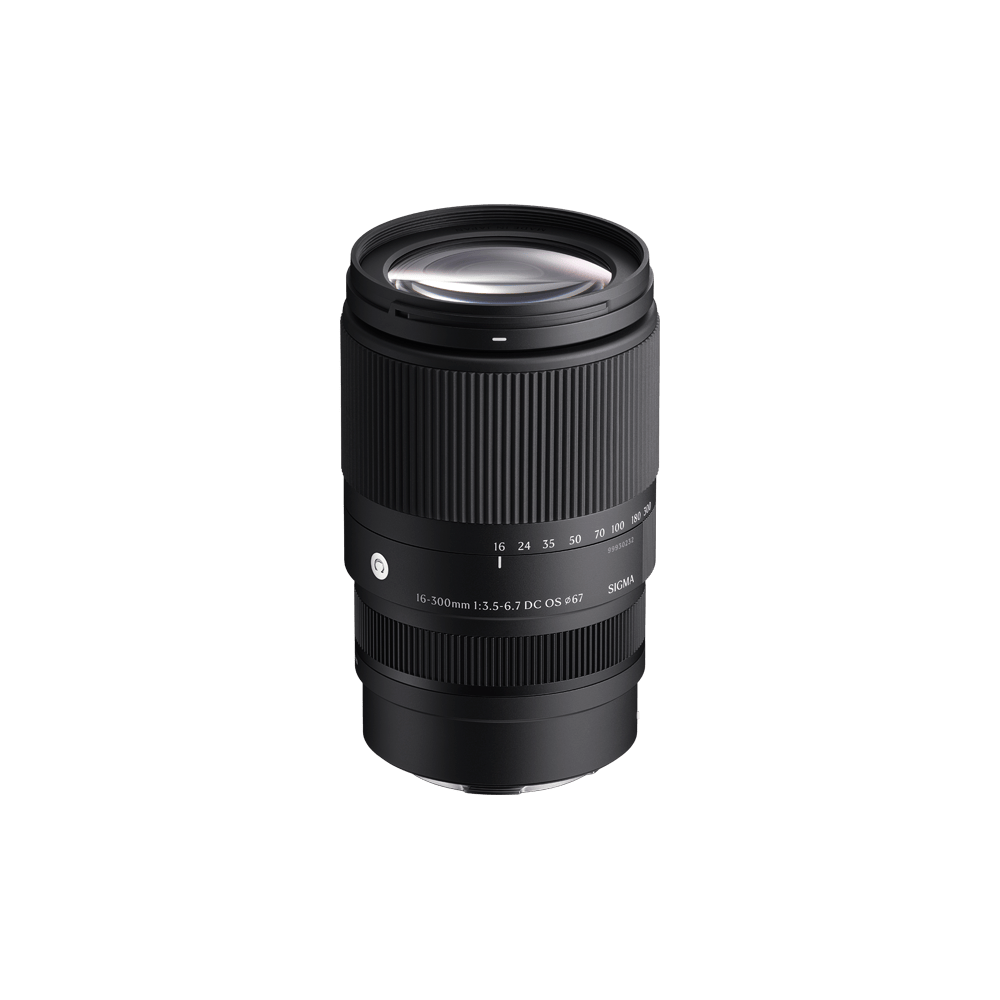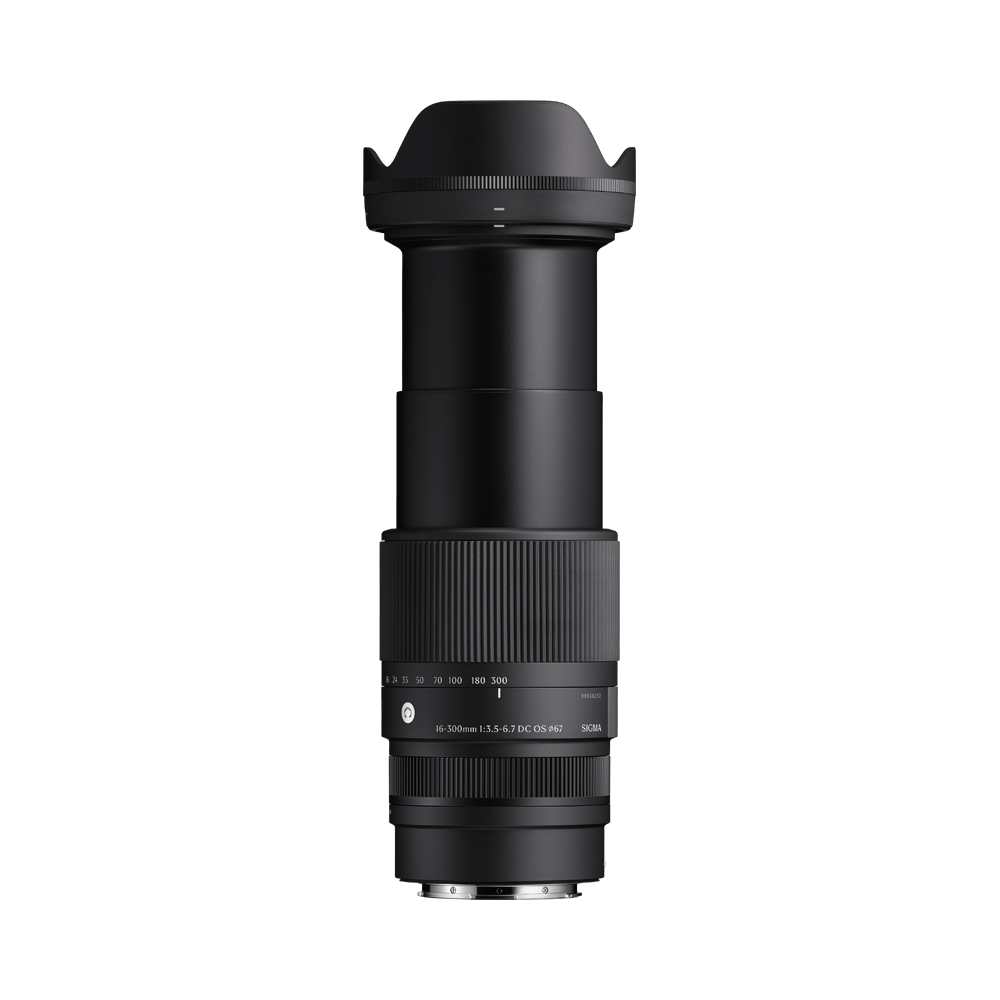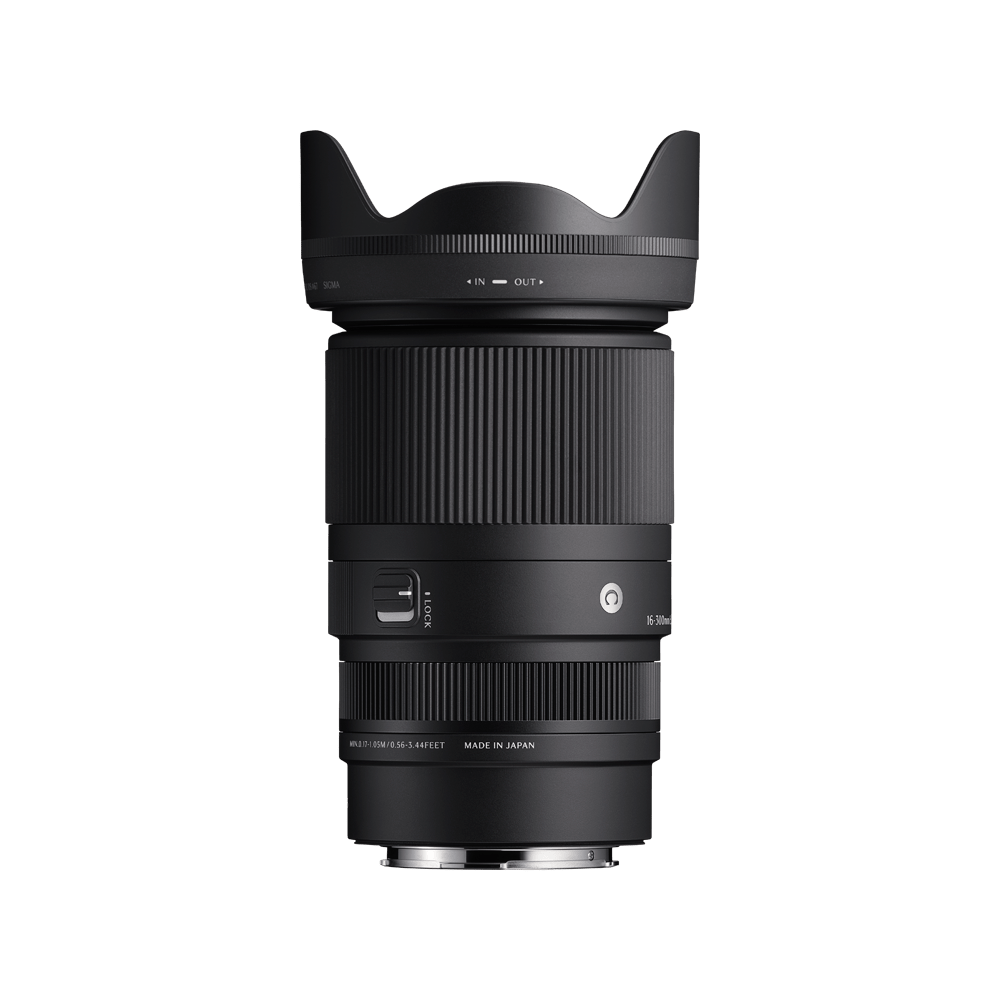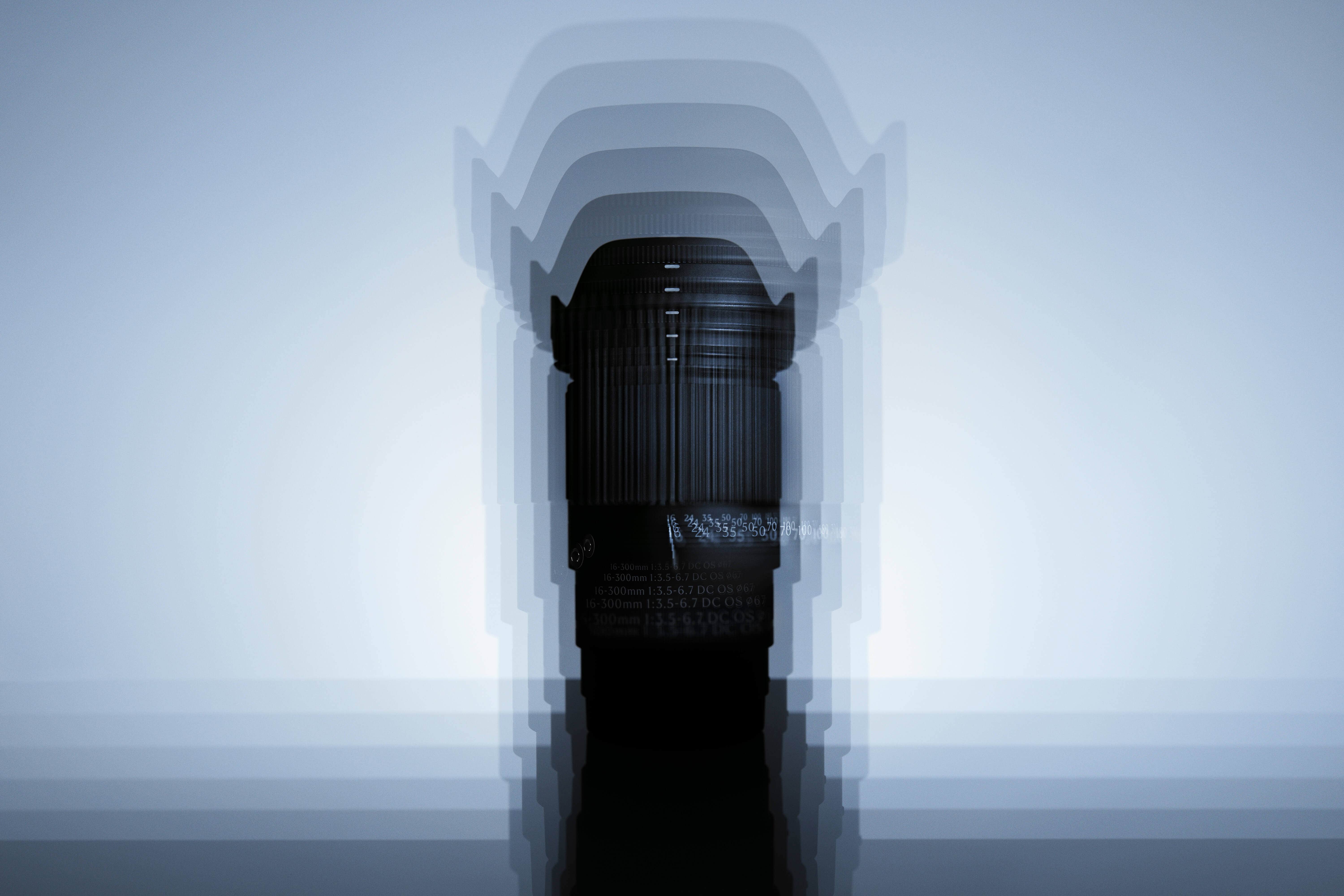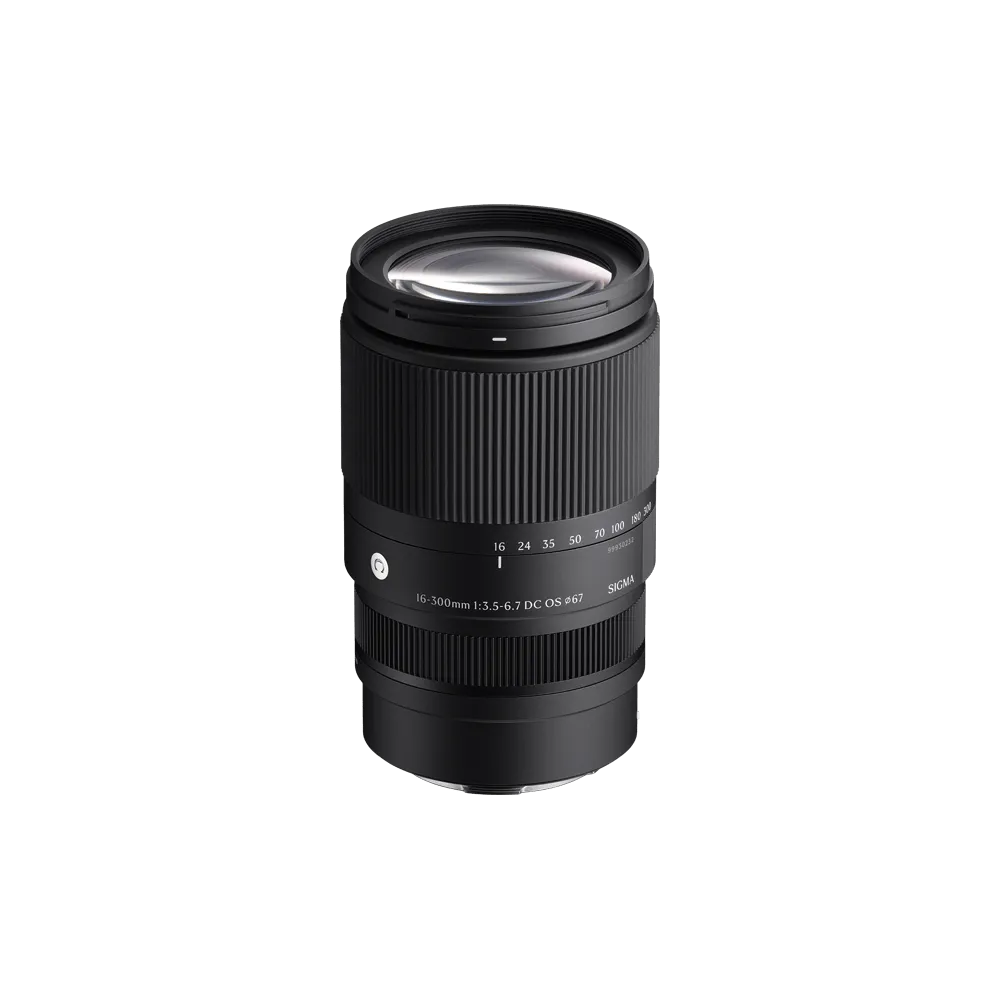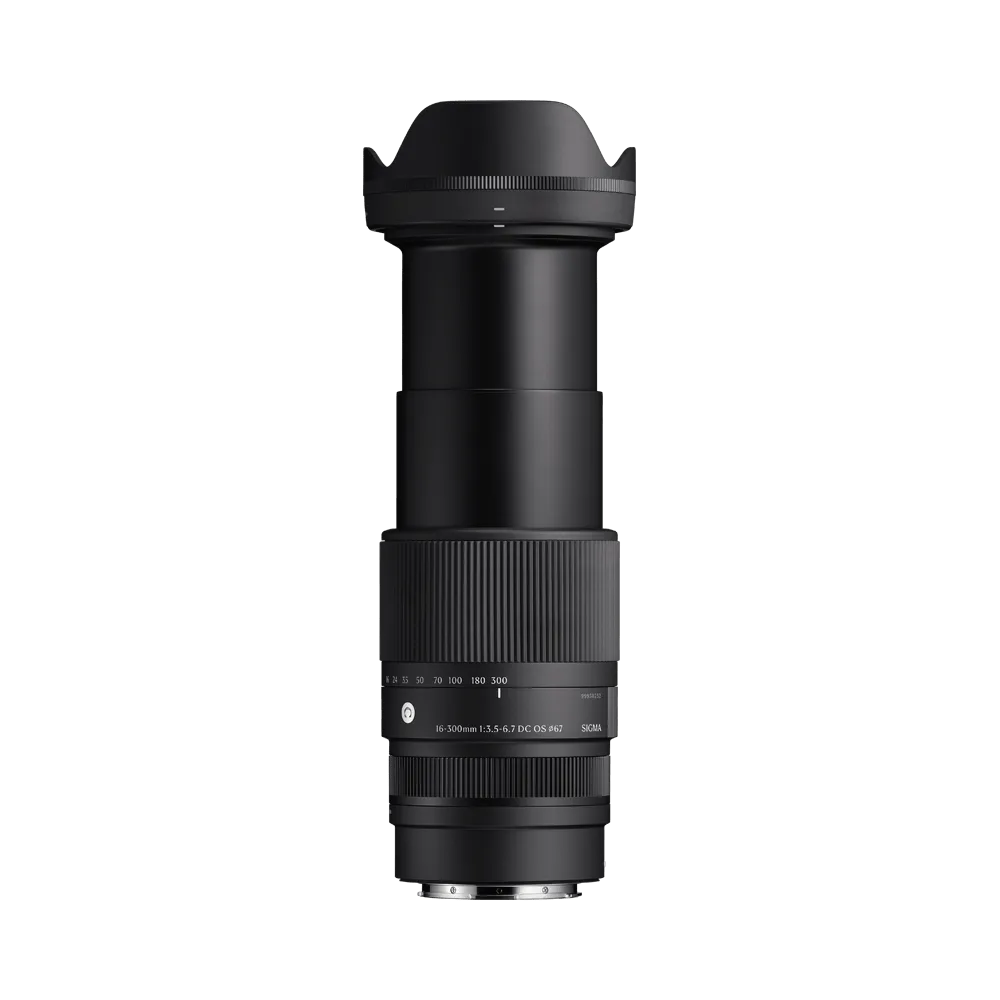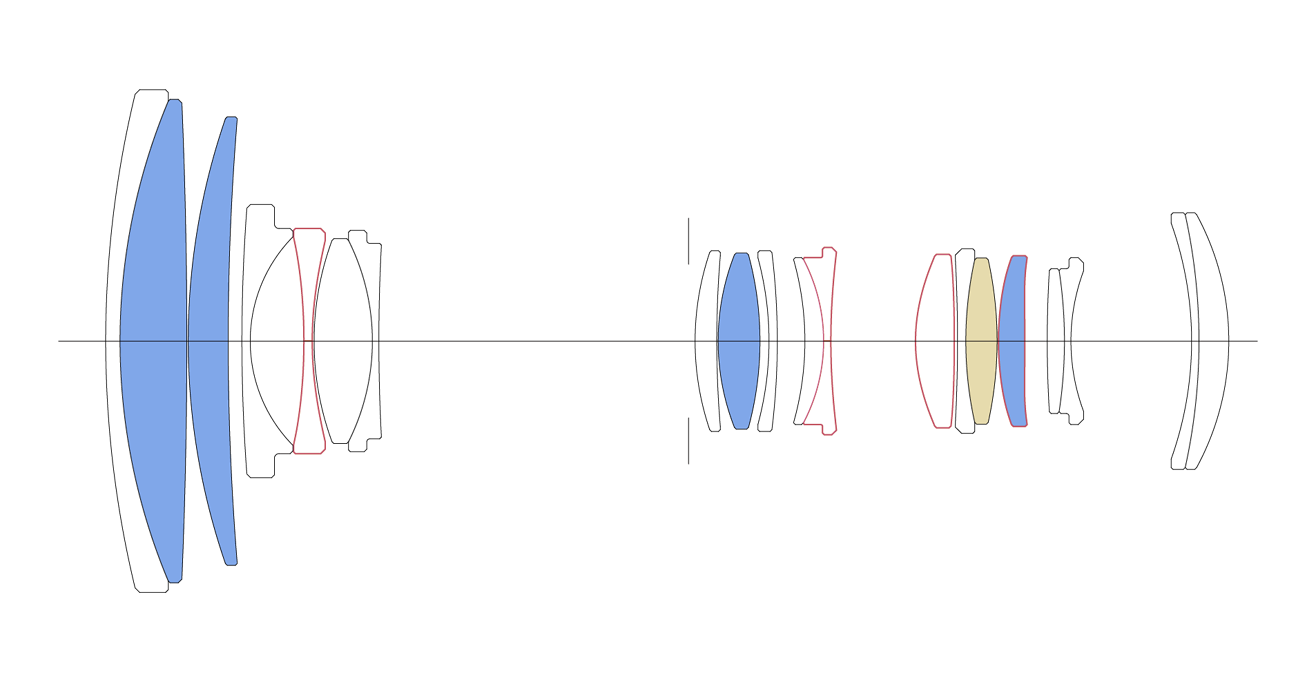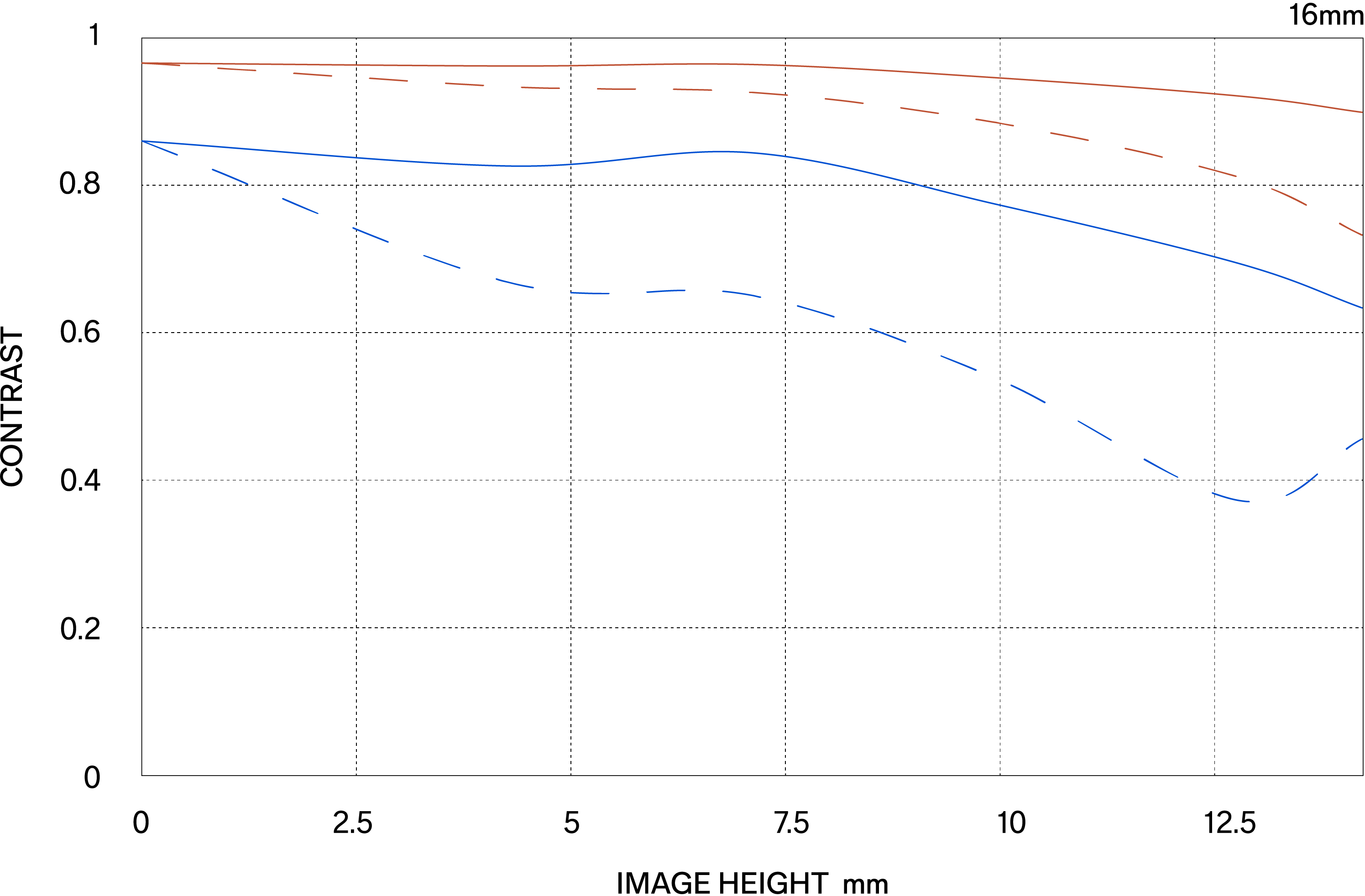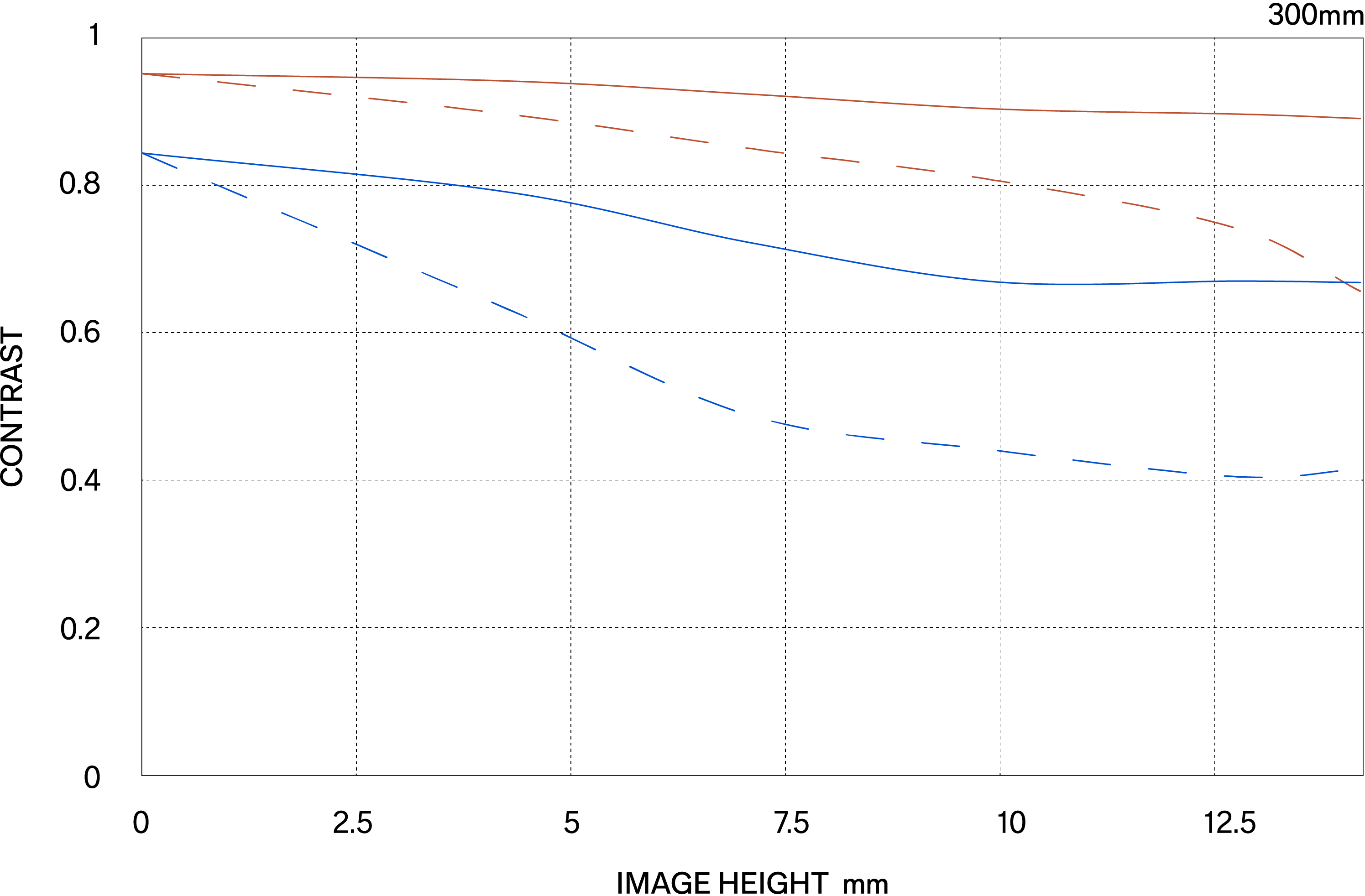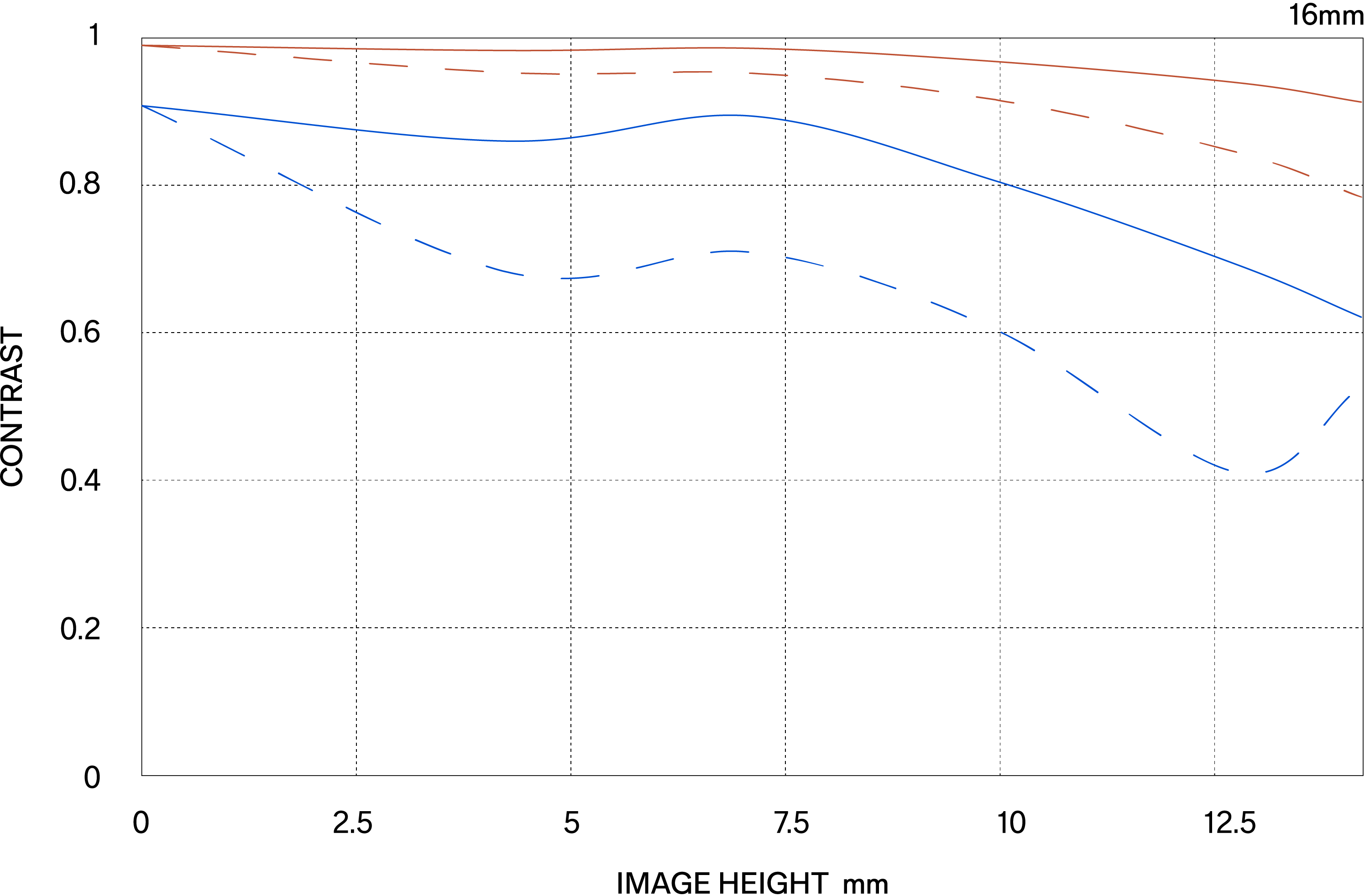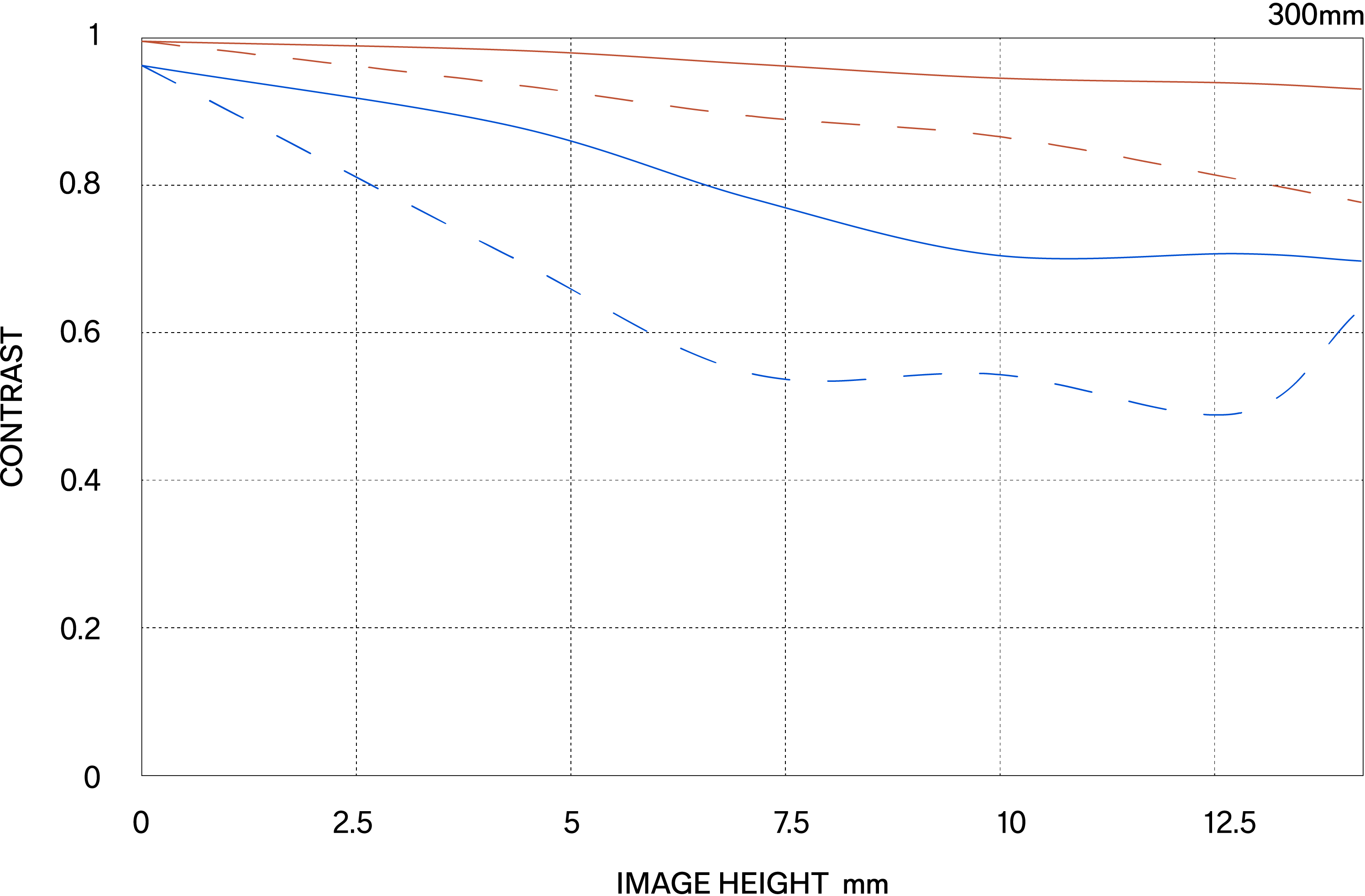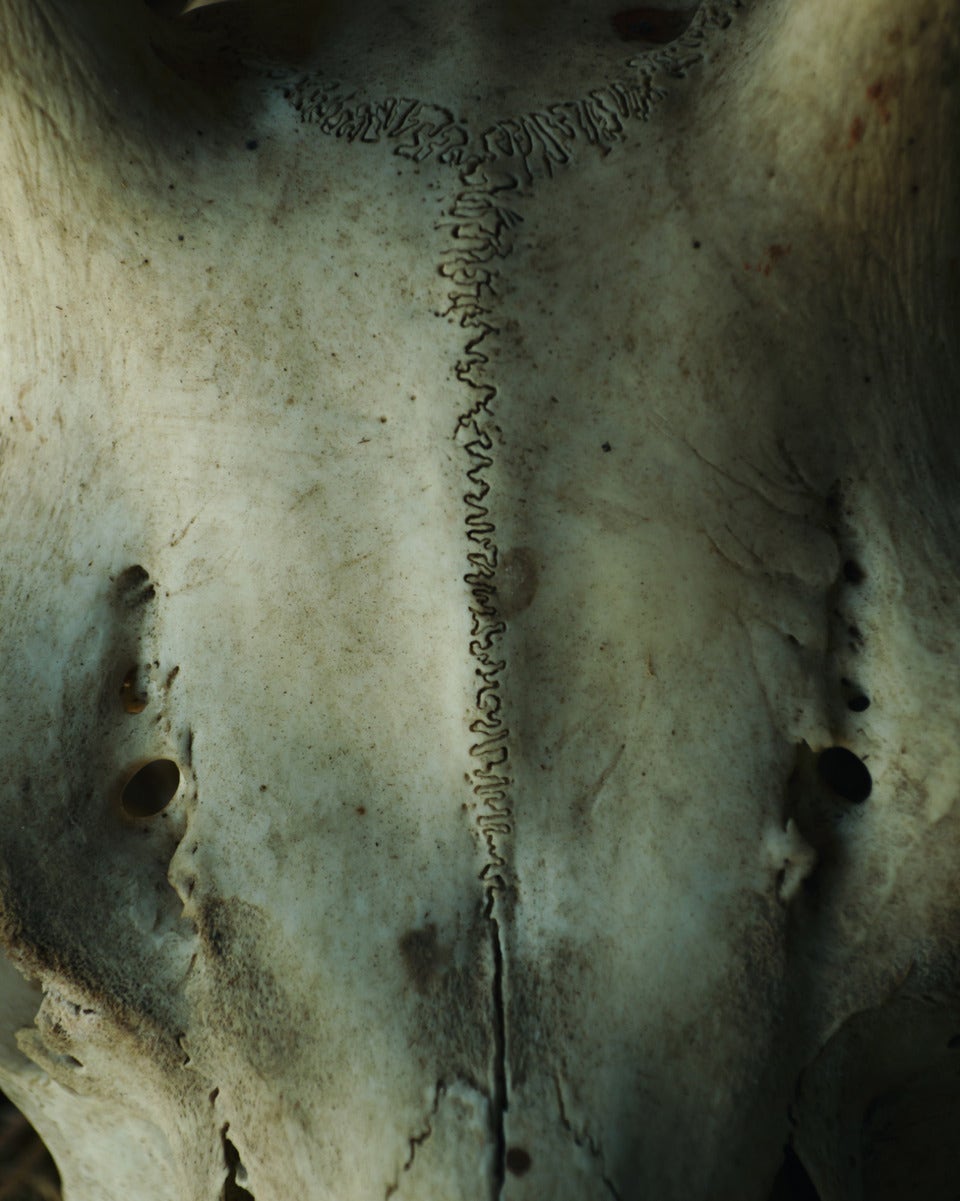SIGMA 16-300mm F3.5-6.7
DC OS | Contemporary
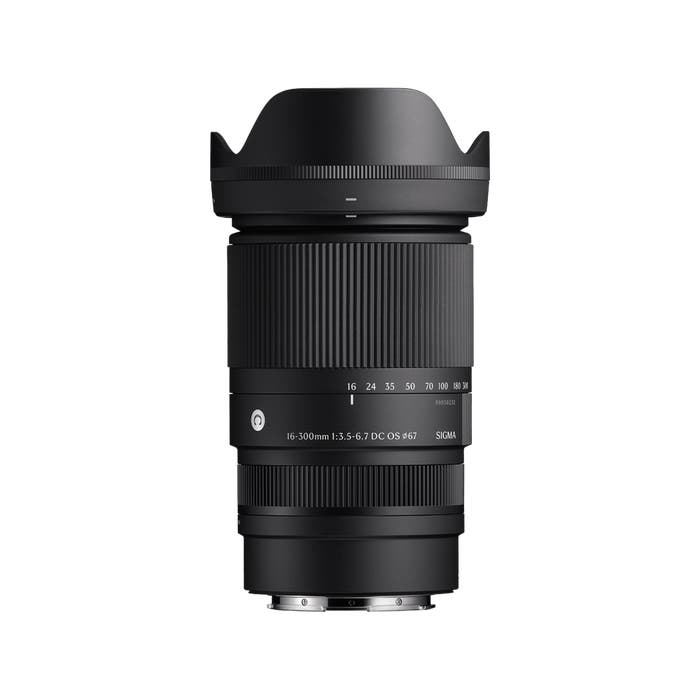
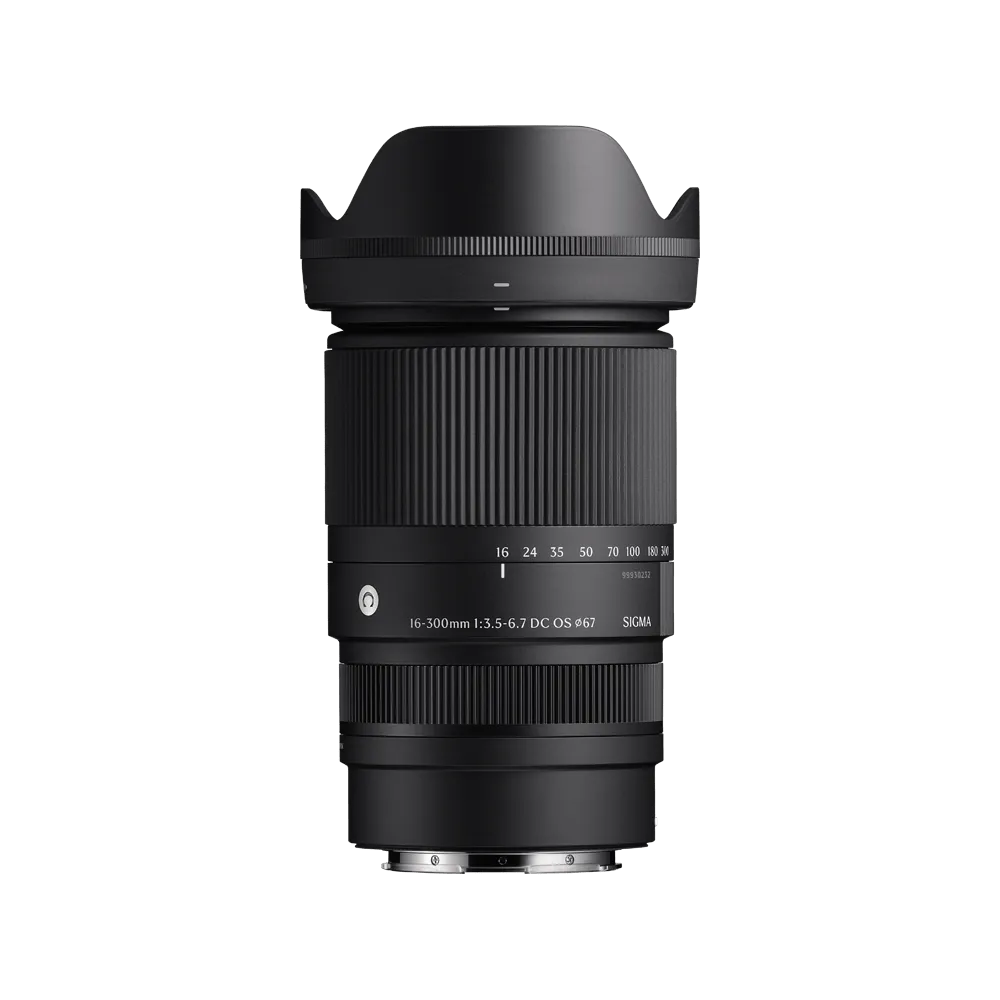

● Wide-angle, super-telephoto and close-up photography all in one lens
● High-speed autofocus and image stabilization for effortless shooting with reliable results
● Uncompromising optical quality that redefines the standard for super-zoom performance
● Maximum magnification ratio of 1:2 at 70mm for striking close-ups
● Small, lightweight and portable
● Outstanding optical stabilization powered by the OS2 algorithm
● Equipped with a zoom lock switch at the wide end
● Dust- and splash-resistant structure* and water-repellent coating
● Engineered to minimize flare and ghosting
● Suppressed focus breathing for consistent framing
SIGMA PRESENTS THE WORLD'S FIRST*1 MIRRORLESS LENS WITH AN APPROXIMATE ZOOM RATIO OF 18.8X POWERFULL YET PORTABLE, THE SIGMA 16-300MM F3.5-6.7 DC OS | CONTEMPORARY DELIVERS OUTSTANDING RESULTS IN ANY SITUATION
The all-new Sigma 16-300mm F3.5-6.7 DC OS | Contemporary features an 18.8x zoom ratio, the world’s largest*1 for an APS-C format mirrorless lens. Covering the entire range from wide-angle to super-telephoto, this extremely versatile lens brings the full range of photographic subjects within reach, from landscapes and portraits to wildlife and sports photography.
With a maximum magnification ratio of 1:2, the 16-300mm F3.5-6.7 DC OS | Contemporary captures detailed close-ups with ease. Its HLA (High-response Linear Actuator) motor provides exceptionally fast, smooth and accurate autofocus - ideal for fast-moving subjects such as birds and aircraft.
The lens offers 6 stops of image stabilization at the wide end and 4.5 stops*2 at the telephoto end, helping photographers achieve blur-free results even at longer focal lengths and in low light. This ultra versatile all-in-one zoom is the perfect tool for creative photographers who want to work in a wide range of photographic genres.
*1 As an AF compatible interchangeable lens exclusively for mirrorless, as of February, 2025 by Sigma.
*2 Based on CIPA guidelines. (Measured at a focal length of 16mm and 300mm using an APS-C camera)
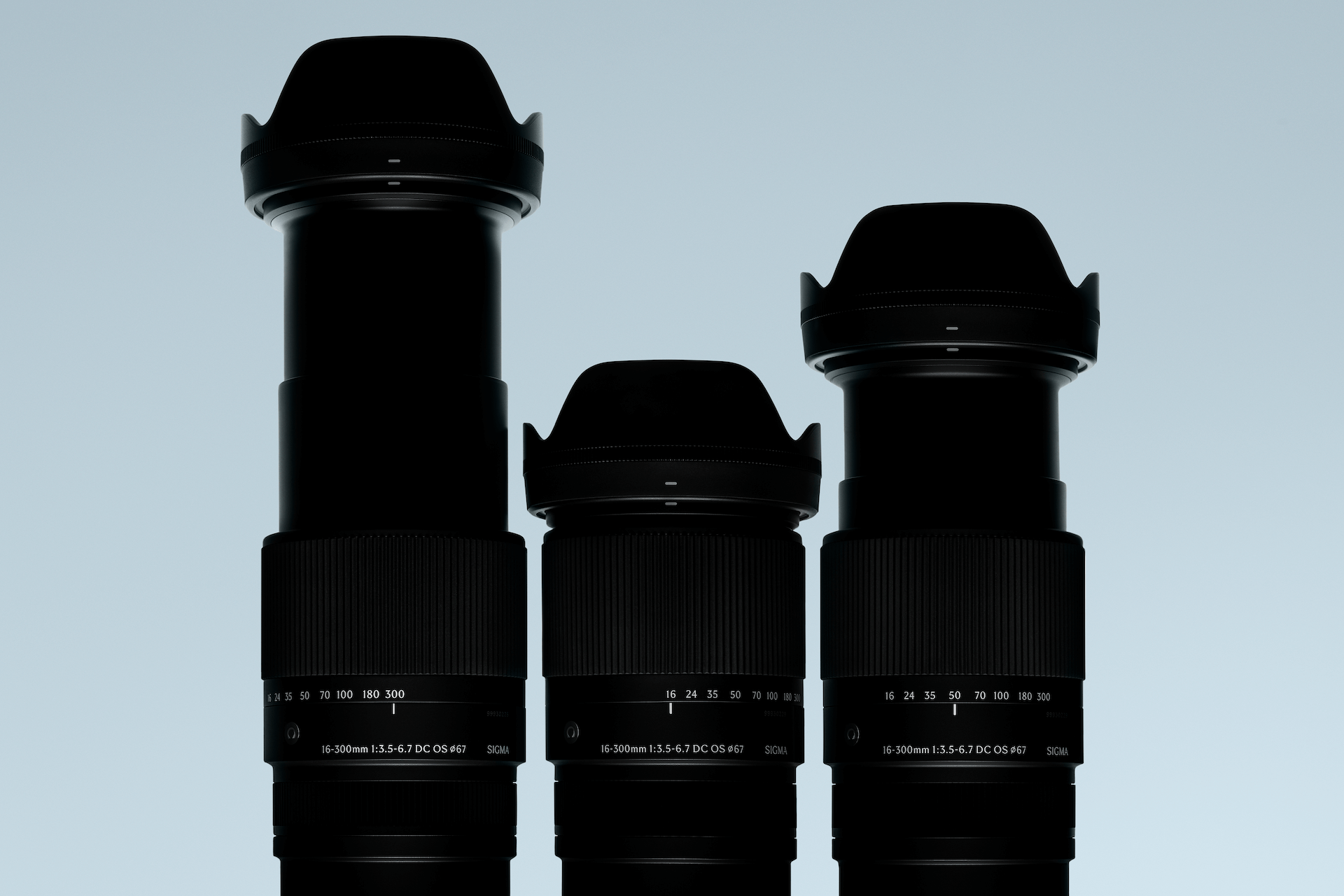

| Productlijn | Contemporary | |
|---|---|---|
| Lensconstructie | 20 elements in 14 groups (1 FLD, 4 SLD, 4 aspherical elements) | |
| Lens Type | Standard | |
| Sensor Size | APS-C | |
| Beeldhoek | L-Mount:83.2-5.4° Sony E-mount:83.2-5.4° FUJIMILM X Mount:83.2-5.4° Canon RF Mount:79.9-5.1° | |
| Aantal diafragmalamellen | 9 (rounded diaphragm) | |
| Minimaal diafragma | F22-45 | |
| Minimale scherpstelafstand | 17(W)-105(T)cm / 6.7(W)-41.4(T)in. | |
| Maximale vergroting | 1:2 at f=70mm | |
| Afmetingen (diameter x lengte) | L-Mount:φ73.8mm x 121.4mm / φ2.9in. x 4.8in. |
|
| Weight (g) | L-Mount:615g / 21.7oz. Sony E-mount:615g / 21.7oz. FUJIFILM X Mount:615g / 21.7oz. Canon RF Mount:625g / 22.0oz. | |
| Filtermaat | φ67mm | |
| Edition number | 025 | |
| Accessoires | POUCH ・LENS HOOD LH706-03 ・FRONT CAP LCF-67 IV ・REAR CAP LCR III | |
| EAN | L-Mount:00-85126-88769-8 |
|
Featured products

